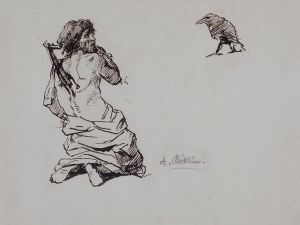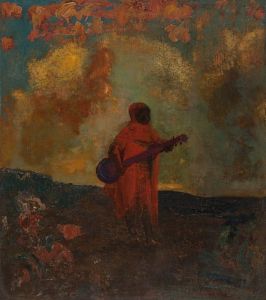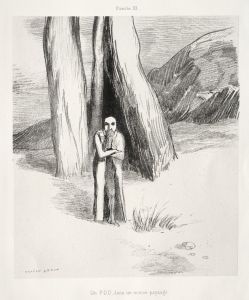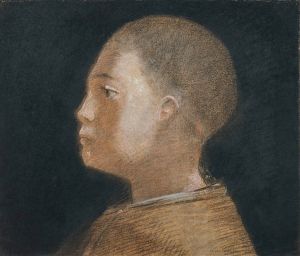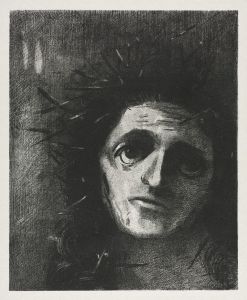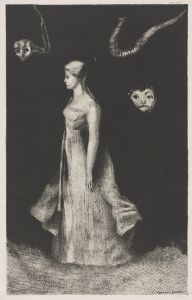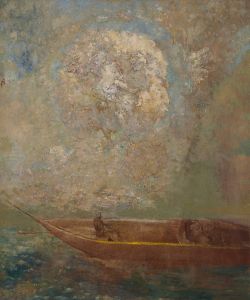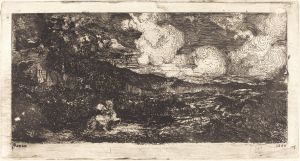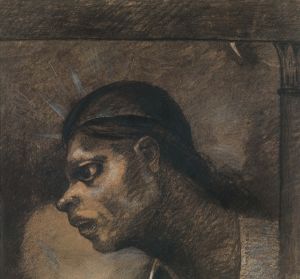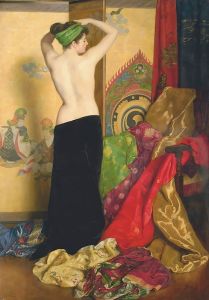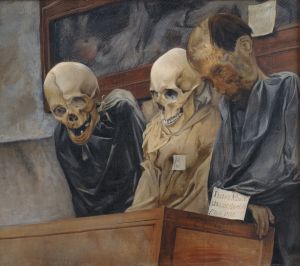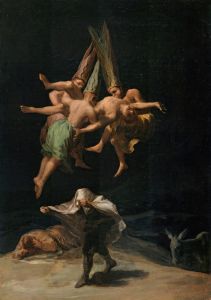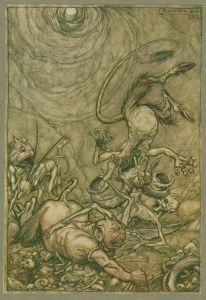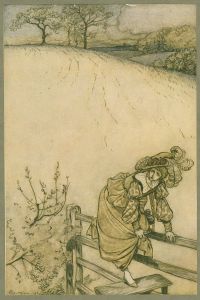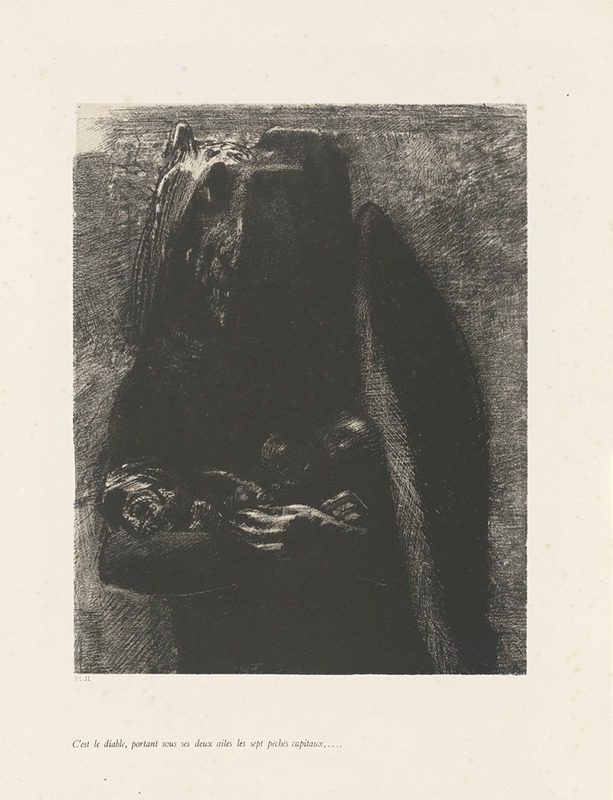
C’est le Diable
A hand-painted replica of Odilon Redon’s masterpiece C’est le Diable, meticulously crafted by professional artists to capture the true essence of the original. Each piece is created with museum-quality canvas and rare mineral pigments, carefully painted by experienced artists with delicate brushstrokes and rich, layered colors to perfectly recreate the texture of the original artwork. Unlike machine-printed reproductions, this hand-painted version brings the painting to life, infused with the artist’s emotions and skill in every stroke. Whether for personal collection or home decoration, it instantly elevates the artistic atmosphere of any space.
Odilon Redon, a prominent French symbolist painter, created the artwork titled "C’est le Diable" during his prolific career in the late 19th and early 20th centuries. Redon is renowned for his unique ability to blend reality with fantasy, often exploring themes of dreams, the subconscious, and the mystical. His works frequently feature fantastical creatures and ethereal landscapes, reflecting his interest in the unseen and the mysterious.
"C’est le Diable" is one of Redon's many pieces that delve into the realm of the fantastical. While specific details about the creation date and the medium of this particular work are not widely documented, it is consistent with Redon's broader oeuvre, which often includes charcoal drawings, lithographs, and pastels. His use of dark tones and shadowy figures in many of his works creates an atmosphere that is both haunting and captivating.
Redon's artistic style is characterized by his departure from the traditional representation of subjects, instead opting for a more imaginative and symbolic approach. This is evident in "C’est le Diable," where the depiction of the devil is likely to be more abstract and symbolic rather than literal. Redon's devils and demons often embody the inner fears and anxieties of the human psyche, rendered in a way that invites viewers to explore their own interpretations.
The symbolism in Redon's work is heavily influenced by literature, philosophy, and his personal experiences. He was known to draw inspiration from the writings of Edgar Allan Poe, Charles Baudelaire, and other literary figures who explored themes of darkness and the supernatural. This literary influence is reflected in the narrative quality of his artworks, where each piece seems to tell a story or evoke a particular mood.
Redon's contribution to the Symbolist movement is significant, as he helped to pave the way for later developments in modern art, including Surrealism. His focus on the inner world and the power of imagination resonated with artists and audiences alike, challenging the conventions of realism and encouraging a more introspective approach to art.
While "C’est le Diable" may not be as widely recognized as some of Redon's other works, it remains an important piece within his body of work, exemplifying his fascination with the mystical and the otherworldly. Redon's ability to convey complex emotions and ideas through his art continues to captivate viewers, inviting them to explore the depths of their own imaginations.
In summary, "C’est le Diable" by Odilon Redon is a testament to the artist's innovative approach to art and his enduring influence on the Symbolist movement. Through his imaginative and symbolic depiction of the devil, Redon invites viewers to engage with the mysterious and the unknown, reflecting his belief in the power of art to transcend the visible world and explore the depths of the human soul.





